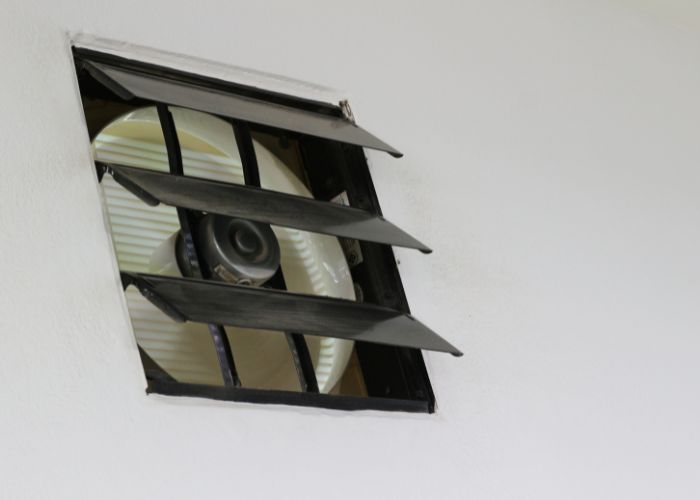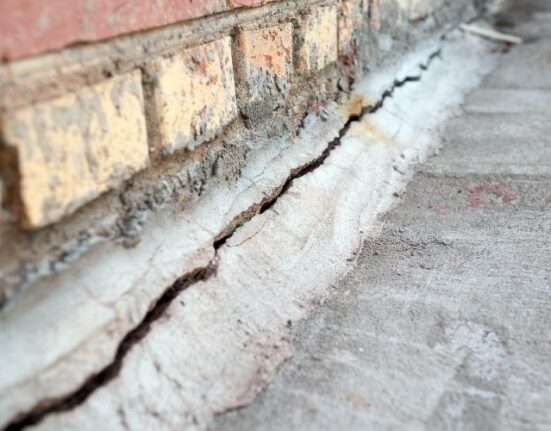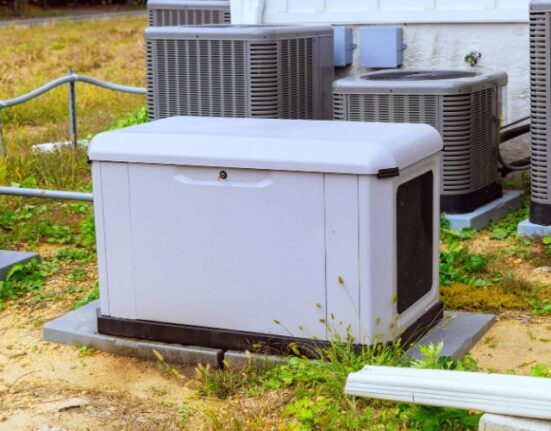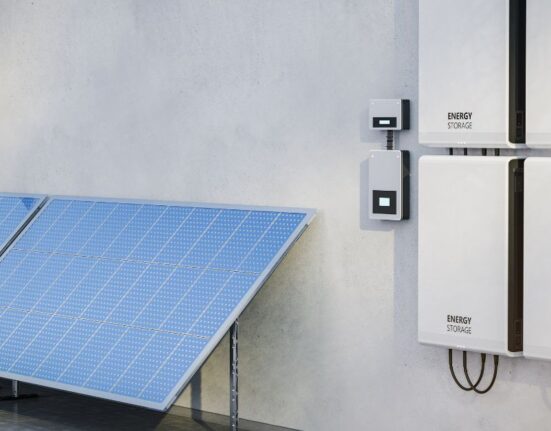Radon gas is a silent killer that may lurk in your home. This odorless, tasteless, and colorless gas arises from the natural breakdown of uranium in soil, water, and rocks. Long-term exposure can lead to lung cancer, making it crucial for you to protect your home from it. Here are five effective ways to protect your home from radon gas that can keep you and your living space safe from potential harm.
Conduct a Radon Test
The first and most crucial step in protecting your home from radon is to perform a radon test. There are two types of tests: short-term (2 to 7 days) and long-term (3 to 12 months) tests. Short-term tests are useful for initial screening, while long-term tests provide a better understanding of your home’s radon levels. Homeowners and renters can purchase radon testing kits from local hardware stores or hire a professional for a more comprehensive examination.
Seal Cracks and Entry Points
Radon gas often enters your home through cracks in the foundation, gaps around pipes, and other openings. Minimize the amount of radon gas that enters your home by sealing these gaps and cracks with caulk, expandable foam, or other appropriate materials. This method isn’t foolproof, but it’s a useful first line of defense against radon infiltration.
Install a Radon Mitigation System
If your radon levels are high, installing a radon mitigation system is one of the most efficient ways to protect your home from radon gas. There are various types of radon mitigation systems, with the most common being the sub-slab depressurization (SSD) system. This system involves installing a pipe through the foundation slab and using a fan to pull the radon gas out, preventing it from entering the living spaces. There are also benefits to installing a radon mitigation system that go beyond protection from the harmful gas, such as reduced humidity. Always consult a certified radon mitigation specialist to install and maintain this system.
Ensure Proper Ventilation
Proper ventilation helps dilute indoor air pollutants, including radon gas, and promotes a healthier living environment. Install exhaust fans in high-humidity areas like bathrooms and kitchens, and keep windows open whenever possible to encourage airflow. Additionally, a heat recovery ventilator (HRV) can help reduce radon levels by exchanging stale indoor air with fresh outdoor air, improving indoor air quality overall.
Regularly Monitor Radon Levels
Radon levels can fluctuate throughout the year, so it’s essential to monitor them regularly. Retest your home every two years or after any significant renovations, weather events, or changes in your home’s ventilation system. Stay diligent and informed about your home’s radon levels and take action to lower them when necessary.

















